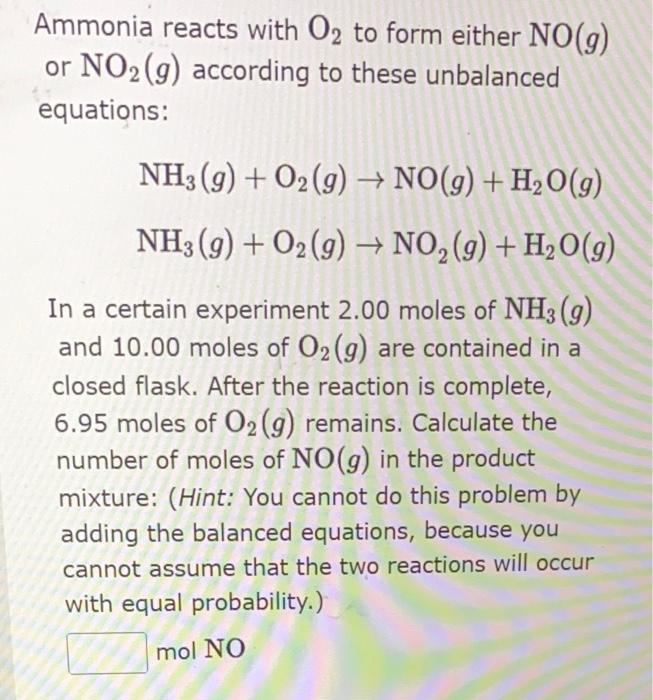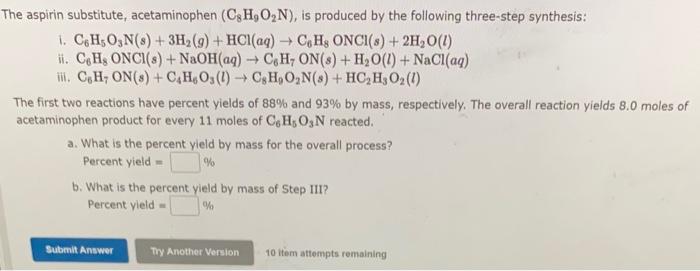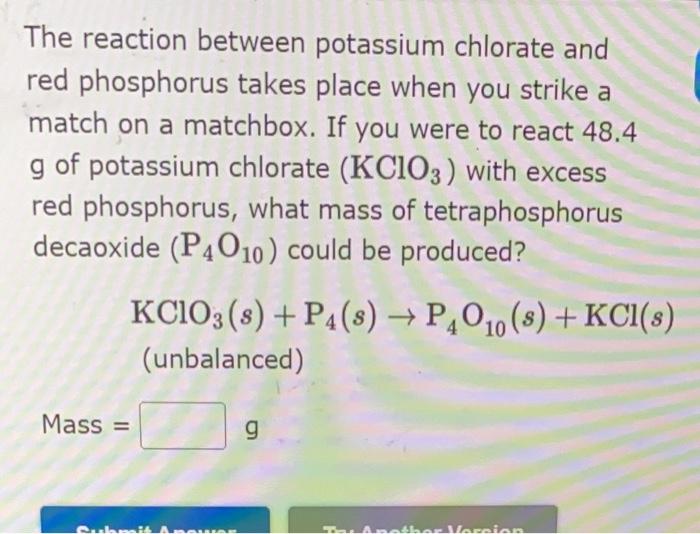Answered step by step
Verified Expert Solution
Question
1 Approved Answer
ANSWER ALLLLLL NEED ASAP Ammonia reacts with O2 to form either NO(g) or NO2(g) according to these unbalanced equations: NH3(g)+O2(g)NO(g)+H2O(g)NH3(g)+O2(g)NO2(g)+H2O(g) In a certain experiment 2.00
ANSWER ALLLLLL NEED ASAP 




Step by Step Solution
There are 3 Steps involved in it
Step: 1

Get Instant Access to Expert-Tailored Solutions
See step-by-step solutions with expert insights and AI powered tools for academic success
Step: 2

Step: 3

Ace Your Homework with AI
Get the answers you need in no time with our AI-driven, step-by-step assistance
Get Started


